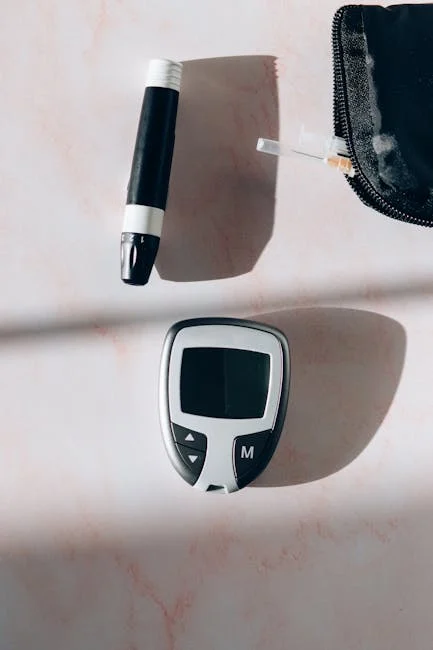Introduction
Are you feeling disconnected from your body? Like your health is something that’s happening *to* you, rather than something you actively participate in shaping? The Paleo diet offers a powerful approach to reclaim control over your personal health story by reconnecting you with your ancestral roots and fueling your body with nutrient-dense, whole foods.
The Paleo Blueprint: Eating Like Our Ancestors
What is the Paleo Diet?
The Paleo diet, often referred to as the “caveman diet,” focuses on consuming foods that our hunter-gatherer ancestors would have had access to. This typically includes:
- Lean meats and poultry
- Fish and seafood
- Fruits and vegetables
- Nuts and seeds
- Healthy fats like olive oil and avocado oil
The Paleo diet aims to eliminate processed foods, grains, legumes, and dairy, which were introduced relatively recently in human history and may contribute to inflammation and other health issues for some individuals.
The Science Behind Paleo: Why It Works
The benefits of Paleo eating stem from its emphasis on whole, unprocessed foods and its exclusion of potentially inflammatory substances. Here’s a closer look at the science:
- Reduced Inflammation: By eliminating processed foods, refined sugars, and grains, the Paleo diet can help reduce chronic inflammation, a key driver of many modern diseases.
- Improved Blood Sugar Control: The lower carbohydrate content and emphasis on fiber-rich vegetables and fruits can help stabilize blood sugar levels and improve insulin sensitivity.
- Enhanced Nutrient Density: Paleo foods are naturally rich in vitamins, minerals, and antioxidants, providing the building blocks for optimal health and cellular function.
- Gut Health Support: Removing processed foods and focusing on whole, natural foods can promote a healthy gut microbiome, which plays a crucial role in overall health.
Reclaiming Your Health: How Paleo Empowers You
Weight Management and Body Composition
Many people find that adopting a Paleo lifestyle leads to natural weight loss and improved body composition. This is due to several factors:
- Increased Satiety: Paleo foods, particularly protein and healthy fats, tend to be more satiating than processed carbohydrates, helping you feel full and satisfied for longer.
- Reduced Calorie Intake: By focusing on whole foods, you naturally reduce your intake of empty calories and processed ingredients.
- Improved Metabolism: The combination of a nutrient-dense diet and regular physical activity can help boost your metabolism and burn fat more efficiently.
Boosting Energy Levels and Mental Clarity
The Paleo diet can have a significant impact on your energy levels and mental clarity. Here’s how:
- Stable Blood Sugar: Avoiding sugar crashes and energy slumps associated with processed foods.
- Optimal Brain Function: Providing the brain with essential nutrients like omega-3 fatty acids and antioxidants.
- Improved Sleep Quality: Reducing inflammation and promoting hormonal balance, which can lead to better sleep.
Managing Chronic Health Conditions
While not a cure-all, the Paleo diet has shown promise in managing various chronic health conditions. Here are some examples:
- Autoimmune Diseases: Reducing inflammation and supporting gut health may help alleviate symptoms of autoimmune conditions like rheumatoid arthritis and Hashimoto’s thyroiditis.
- Type 2 Diabetes: Improving blood sugar control and insulin sensitivity can be beneficial for individuals with type 2 diabetes.
- Heart Disease: Lowering cholesterol and triglycerides can reduce the risk of heart disease.
Getting Started with Paleo: A Practical Guide
Transitioning to Paleo: A Gradual Approach
It’s best to transition to Paleo gradually rather than making drastic changes overnight. This will allow your body to adapt and minimize potential side effects.
- Start by eliminating processed foods and sugary drinks.
- Gradually reduce your intake of grains and legumes.
- Focus on incorporating more fruits, vegetables, and healthy fats into your diet.
- Experiment with different Paleo recipes and find what you enjoy.
Sample Paleo Meal Plan
Here’s a sample Paleo meal plan to give you an idea of what a typical day might look like:
- Breakfast: Scrambled eggs with spinach and avocado.
- Lunch: Grilled chicken salad with mixed greens, vegetables, and olive oil dressing.
- Dinner: Baked salmon with roasted sweet potatoes and broccoli.
- Snacks: A handful of almonds, a piece of fruit, or a hard-boiled egg.
Potential Challenges and How to Overcome Them
Like any dietary change, the Paleo diet may present some challenges. Here are some common hurdles and how to address them:
- Social Situations: Plan ahead and bring your own Paleo-friendly dishes to gatherings.
- Cravings: Find healthy Paleo alternatives for your favorite comfort foods.
- Nutrient Deficiencies: Ensure you’re getting a variety of nutrients from whole foods or consider supplementation.
Conclusion
The Paleo diet offers a powerful opportunity to reclaim control over your health and well-being. By focusing on nutrient-dense, whole foods and eliminating potentially inflammatory substances, you can unlock a healthier, more vibrant version of yourself. Remember to approach the transition gradually, listen to your body, and consult with a healthcare professional or registered dietitian for personalized guidance. Take charge of your personal health story and embrace the empowering potential of Paleo eating.
